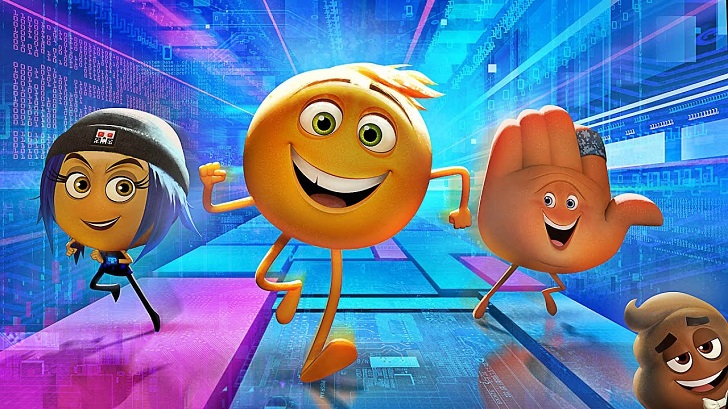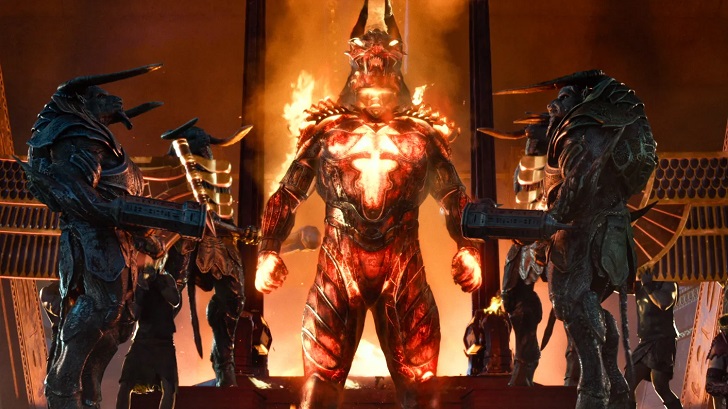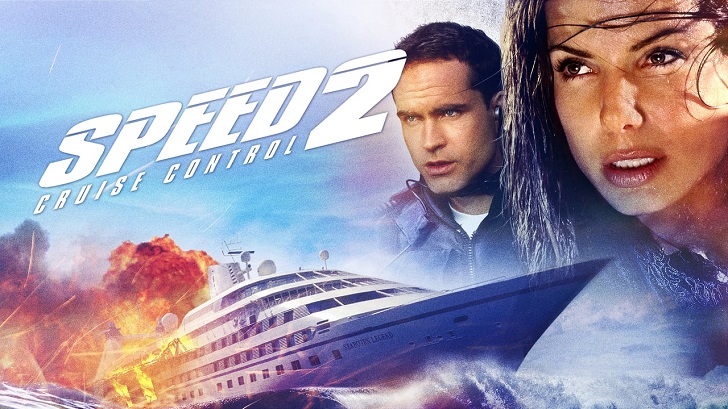In the glitzy world of Hollywood, where dreams are woven into celluloid tapestries, not every venture shines as a beacon of success. Despite the grand budgets, star-studded casts, and cutting-edge special effects, some films take a catastrophic nosedive, leaving audiences bewildered and critics flabbergasted.
Let’s delve into Hollywood’s worst blockbusters, where even the mightiest stars and colossal budgets couldn’t salvage cinematic disasters.
“The Emoji Movie” (2017)
The concept of turning emojis into a feature film was met with skepticism from the start, and “The Emoji Movie” failed to overcome those doubts.
The film’s shallow storyline, heavy-handed product placement, and uninspired execution left audiences questioning the creative choices behind the project. Despite its colorful premise, the film struggled to translate its concept into an engaging narrative.

“Aloha” (2015)
Cameron Crowe’s “Aloha” aimed to explore themes of love and identity against the backdrop of Hawaii. However, the film faced backlash for its casting choices, as Emma Stone was cast as a character with Asian and Hawaiian heritage.
This decision, along with a disjointed plot and lack of chemistry between characters, overshadowed attempts at heartfelt storytelling and left audiences perplexed.
“The 13th Warrior” (1999)
Based on Michael Crichton’s novel “Eaters of the Dead,” “The 13th Warrior” struggled to find its footing as a historical epic. The film’s chaotic narrative, cultural inaccuracies, and lack of character development left audiences struggling to connect with the story.
Despite its ambitions, the film failed to capture the grandeur of its source material and became a forgotten entry in the historical genre.
“Gods of Egypt” (2016)
Mythology can be a captivating source of inspiration for films, but “Gods of Egypt” took the concept in a direction that left audiences bewildered.

The film’s casting choices, which faced backlash for lack of diversity and overreliance on CGI spectacle, detracted from any potential storytelling merit. The film’s failure to strike a balance between visual splendor and narrative coherence hindered its chances of success.
“Cutthroat Island” (1995)
As one of the most infamous box office failures, “Cutthroat Island” attempted to capture the swashbuckling spirit of pirate adventures. However, its inflated budget, lackluster script, and uninspired performances led to its downfall.
Despite starring Geena Davis and being directed by her then-husband Renny Harlin, the film’s poor reception and financial losses marked it as a cautionary tale of overspending and missed opportunities.
“Speed 2: Cruise Control” (1997)
Following the success of “Speed,” expectations were high for its sequel. However, “Speed 2: Cruise Control” failed to recapture the excitement of its predecessor.

The film’s lack of tension, implausible scenarios, and absence of Keanu Reeves left audiences underwhelmed. The film’s departure from the formula that made the original successful contributed to its critical and commercial failure.
Battlefield Earth” (2000)
Based on a science fiction novel by L. Ron Hubbard, this film attempted to channel the dystopian spirit of the source material. Still, it ended up embodying a dystopia of its own. With its ham-fisted acting, cringe-worthy dialogue, and bizarre visual choices, “Battlefield Earth” was a battlefield of bad decisions.




